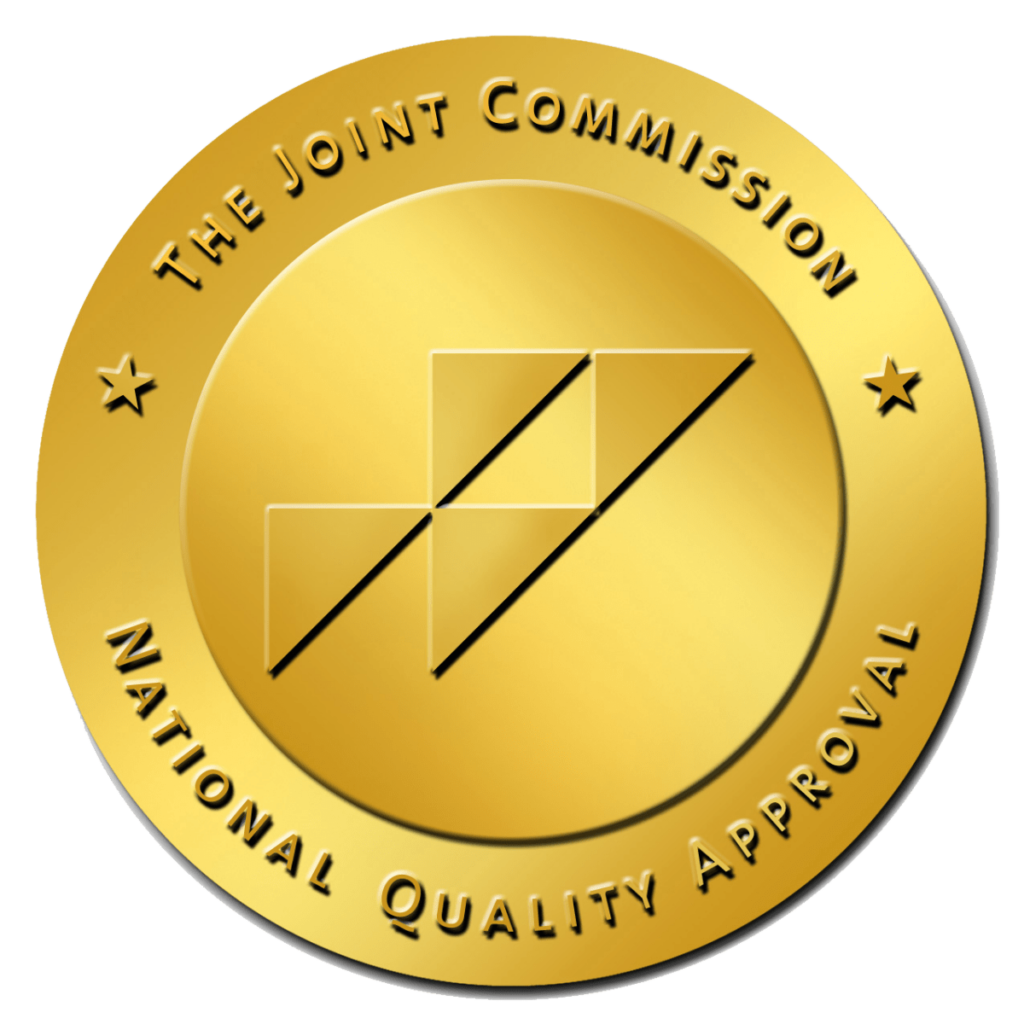
Comprehensive Guide to PTSD Treatment
Post-Traumatic Stress Disorder (PTSD) is a mental health condition that affects millions of people worldwide. It can be caused by experiencing or witnessing a traumatic event, such as a natural disaster, physical or sexual assault, combat, or a serious accident. PTSD can have a significant impact on a person’s daily life, relationships, and overall well-being.
If you or someone you know is struggling with PTSD in Stanton, California, it is important to know that there are effective treatment programs available. This article will explore the various PTSD therapy options in Stanton and how they can help individuals heal from trauma and improve their mental health.
PSTD Therapy Helpline 949-997-1775
Understanding PTSD
PTSD is a complex disorder that affects the brain and nervous system. It often manifests as a result of the brain’s natural response to a traumatic event. When a person experiences trauma, their brain releases stress hormones that trigger the “fight-or-flight” response. In individuals with PTSD, this response can become chronic and cause distressing symptoms.
Common symptoms of PTSD include:
- Flashbacks and intrusive memories of the traumatic event
- Nightmares and sleep disturbances
- Intense anxiety and panic attacks
- Avoidance of triggers or reminders of the trauma
- Emotional numbness and detachment
- Hypervigilance and exaggerated startle response
- Irritability and anger
Living with PTSD can be challenging, but with the right therapy and support, individuals can learn to manage their symptoms and regain control over their lives.
PTSD Treatment Programs in Stanton, California
Stanton, California, offers a range of PTSD treatment programs that cater to the unique needs of individuals seeking help. These programs are designed to address the specific challenges faced by those living with PTSD and provide them with the necessary tools and support for recovery.
1. Individual Therapy
Individual therapy is a common and effective approach to treating PTSD. In this type of therapy, individuals work one-on-one with a trained therapist to explore their thoughts, feelings, and behaviors related to the traumatic event. Therapists use evidence-based techniques, such as cognitive-behavioral therapy (CBT) and eye movement desensitization and reprocessing (EMDR), to help individuals process their trauma and develop healthy coping mechanisms.
2. Group Therapy
Group therapy provides a supportive and safe environment for individuals with PTSD to connect with others who have had similar experiences. In group therapy sessions, participants can share their stories, learn from one another, and gain a sense of belonging. Group therapy also allows individuals to practice social skills and receive feedback from their peers and therapists.
3. Medication Management
Medication can be a valuable tool in managing PTSD symptoms, especially when combined with therapy. Psychiatrists in Stanton can prescribe medications, such as selective serotonin reuptake inhibitors (SSRIs) or benzodiazepines, to help individuals regulate their mood, reduce anxiety, and improve sleep. It is important to work closely with a healthcare professional to find the right medication and dosage for each individual’s needs.
4. Holistic Therapies
Stanton also offers holistic therapies that can complement traditional PTSD treatment programs. These therapies include yoga, meditation, art therapy, equine therapy, and more. Holistic approaches aim to address the mind, body, and spirit, providing individuals with additional tools to manage their symptoms and promote overall well-being.
Coping with PTSD and Healing from Trauma
Coping with PTSD and healing from trauma is a journey that requires time, patience, and support. In addition to professional treatment programs, there are several self-care strategies individuals can incorporate into their daily lives to aid in their recovery:
1. Establish a Support System
Building a strong support system is crucial for individuals with PTSD. Surrounding oneself with understanding and empathetic friends, family members, or support groups can provide a sense of community and validation. Sharing experiences and emotions with trusted individuals can help alleviate feelings of isolation.
2. Practice Self-Care
Engaging in self-care activities is essential for managing PTSD symptoms. This can include activities such as exercising regularly, getting enough sleep, eating a balanced diet, and engaging in hobbies or activities that bring joy and relaxation.
3. Learn and Utilize Coping Skills
Therapists can teach individuals coping skills to manage their PTSD symptoms. These skills may include deep breathing exercises, grounding techniques, mindfulness meditation, and journaling. Practicing these skills regularly can help individuals regulate their emotions and reduce anxiety.
4. Avoid Substance Abuse
Substance abuse can exacerbate PTSD symptoms and hinder the healing process. It is important for individuals with PTSD to avoid using alcohol or drugs as a coping mechanism. Seeking healthier alternatives, such as therapy or support groups, is crucial for long-term recovery.
PTSD Therapy Near Me
PTSD therapy in Stanton, California, offers hope and healing for individuals struggling with the effects of trauma. With a variety of treatment programs available, individuals can find the support they need to cope with PTSD and embark on a journey of recovery. By seeking professional help, utilizing coping skills, and incorporating self-care strategies, individuals can regain control over their lives and move towards a brighter future.




